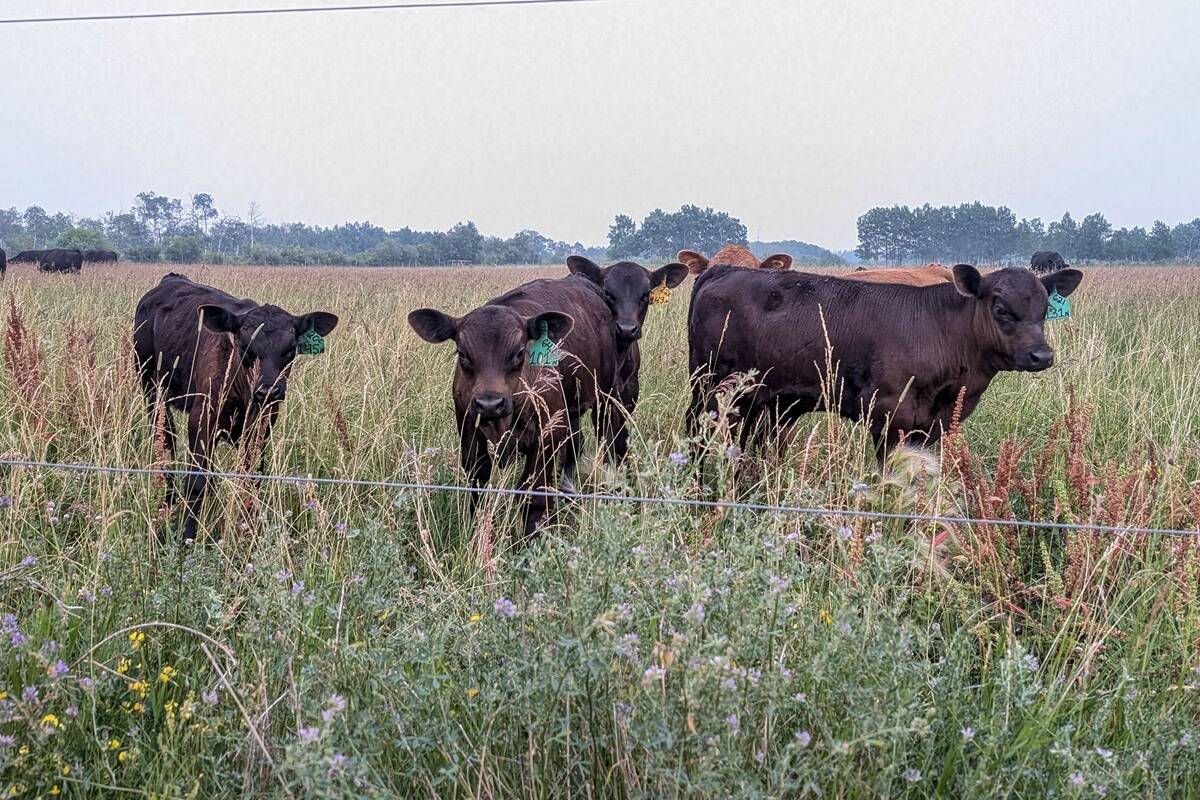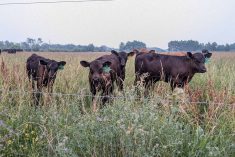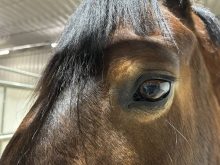Canada’s beef producers have built a strong track record in transporting beef cattle safely and effectively, but the Canadian Cattlemen’s Association (CCA) says one part of the industry that needs more attention is cull cows.
Reynold Bergen Science Director of the Beef Cattle Research Council (BCRC) told the Canada Beef meeting in Calgary recently that the industry needs to be proactive on communicating the importance of managing transportation of cull cows. And fall of the year is a critical time to get that message out.
The industry has been more vigilant at measuring the health and wellbeing of cattle during transport, says Bergen, but when problems occur and the numbers are evaluated the group that clearly shows to be the highest risk group is cull cows. There is information on this in the animal welfare section at the BCRC website www.beefresearch.ca website that outlines this, he says.
Read Also

‘Not a happy Trump supporter’: U.S. Cattle ranchers hit by push for lower beef prices
Much like the price of eggs during the Biden administration, the cost of beef has become an emblem of the affordability crisis in Donald Trump’s America. Beef prices hit record highs earlier this year as the cattle herd shrank and consumer demand remained strong.
Prevention is best medicine
Part of the cull cow issue is that ranchers and beef farmers are creatures of habit, says Bergen, so they tend to do things according to a routine. Cows come off pasture in fall and that is when cow culling decisions are often made.
But producers need to double check that those cows are in good enough shape to ship. If they are thin or weak, they shouldn’t be shipped.
“Downer cows are the tip of the iceberg,” says Bergen. “It’s a small iceberg but even a small iceberg can cause a lot of problems.”
Culling and shipping decisions begin with the cow-calf or dairy producer, but truckers, auction mart operators, dealers and order buyers and packers also share responsibility for market cow welfare. “Don’t load, transport or buy thin, weak, or lame cows unless you are prepared to stand in front of a television news camera and explain why you did. And tell your neighbours,” he told his audience.















